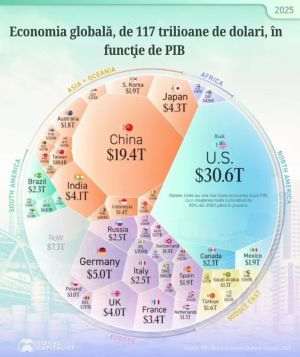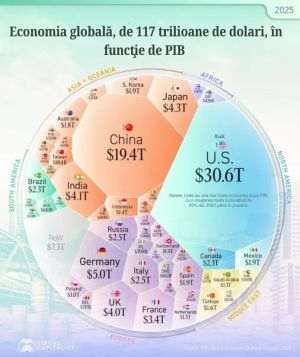Major powers seem to be talking one way and acting another, a trend increasingly evident in climate-related issues where agreements are signed, yet the on-the-ground reality points in opposite directions. The global consumption of coal reached a new record in 2023 as demand remains robust in emerging and developing countries, according to a report published by the International Energy Agency (IEA). This year, coal demand increased by 1.4%, surpassing 8.5 billion tons for the first time. Coal use in India and China rose by 8% and 5%, respectively, due to increased demand for electricity and lower hydropower production. However, in the EU and the US, coal use registered a decline of about 20% in 2023, as reported by the IEA. The Paris-based institution does not expect a decline in coal use until 2026, when a significant expansion of renewable energy capacities is anticipated to lead to a 2.3% decrease compared to the 2023 level, even in the absence of stronger green policies. However, the IEA predicts that global coal consumption will remain above eight billion tons in 2026, and to meet the goals of the Paris Agreement, coal use should decline much more rapidly. China is expected to be responsible for more than half of the global expansion of renewable energy capacities in the next three years, resulting in reduced demand for coal in the Asian state. Half of the coal used globally comes from China, so forecasts regarding this fuel will be significantly influenced in the coming years by the pace of renewable energy expansion, weather conditions, and structural changes in the Chinese economy, according to the IEA report.
In 2023, China, India, and Southeast Asia account for three-quarters of global coal consumption, up from a quarter in 1990, while consumption in Southeast Asia surpasses that in the EU and the US this year. By 2026, India and Southeast Asia are the only regions where coal consumption is expected to increase significantly, according to the Paris-based institution. The International Energy Agency is the main advisory body on energy matters for the 29 most developed states. The agency was established in response to the first oil shock of 1973-1974 to coordinate the release of oil from strategic reserves.























































